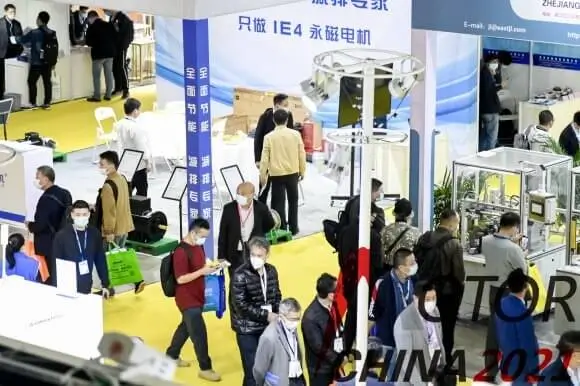Ever wonder how those massive e-commerce platforms handle so many moving parts without rolling into chaos? The secret weapon is often a well-thought-out approach to managing distributed transactions—enter saga design patterns, especially when working with microservices in Java.

Imagine this: your platform needs to process an order, update inventory, charge a card, and then initiate shipment—all happening at once. Failures? They pop up like unexpected roadblocks. That’s where saga patterns step in, acting like smart traffic controllers, ensuring every step proceeds smoothly or is rolled back seamlessly. But this isn’t some vague concept pulled out of thin air; it’s a practical, proven approach.
Let’s break down how it works. In microservices, each service manages its own data, making traditional transactions tricky. If one part fails, you don't want the whole operation turning into a mess. With saga patterns, every step is either completed or compensated for, depending on the outcome. Take a travel booking system: booking a flight triggers hotel reservations, car rentals, and insurance. If the hotel is fully booked, the saga pattern cancels the flight—no lingering partial bookings. It’s like having a safety net that keeps everything in check without losing sight of the bigger picture.
But not every saga pattern is the same. There’s choreography—services communicate through events, like a dance where each partner knows when to step in. Or orchestration—where a centralized controller manages the flow, like a conductor guiding the orchestra. Which one to choose? It’s a matter of scale and complexity. For a smaller ecosystem, choreography keeps things light. When things get more complex, orchestration offers tighter control.
Thinking about Java? It’s perfectly suited for this. With frameworks like Spring Boot and libraries that support event-driven architectures, implementing saga patterns becomes some-what straightforward. You can craft a resilient system that gracefully handles failures. Plus, it plays nice with containerized environments, making deployment and scaling a breeze.
Here’s something to chew on: what if your system encounters a network hiccup during a transaction? Or if a payment gateway temporarily goes offline? That’s where designing sagas thoughtfully can make all the difference. Instead of leaving your users stuck in limbo or facing inconsistent data, your system responds—automatically rolling back, retrying, or compensating.
Ever had a frustrating experience with a disorganized checkout process? Handling those pain points with saga patterns gives users a smoother ride. And beyond user experience, it minimizes operational headaches—less manual intervention, fewer failed orders, and a more reliable service overall.
Thinking about how to implement this? Starting small is smart. Map out the steps in your business process, identify where failures might happen, and then layer in compensation actions. Over time, you can expand the saga network. It’s not about rewriting the whole system overnight but building resilience incrementally.
If you look at the landscape of microservices architecture, saga patterns are kind of like the unsung heroes. They let complex workflows flow seamlessly, even when parts stumble. It’s about keeping everything moving and maintaining trust with users—without sacrificing agility.
So, if you're shaping a scalable, fault-tolerant system in Java, remember—embracing saga design patterns isn’t just a trend. It’s a strategic move towards smarter, more reliable microservices architecture. Are you ready to elevate how your system handles transactions? Because the right pattern can turn chaos into harmony.
Established in 2005, Kpower has been dedicated to a professional compact motion unit manufacturer, headquartered in Dongguan, Guangdong Province, China. Leveraging innovations in modular drive technology, Kpower integrates high-performance motors, precision reducers, and multi-protocol control systems to provide efficient and customized smart drive system solutions. Kpower has delivered professional drive system solutions to over 500 enterprise clients globally with products covering various fields such as Smart Home Systems, Automatic Electronics, Robotics, Precision Agriculture, Drones, and Industrial Automation.




































